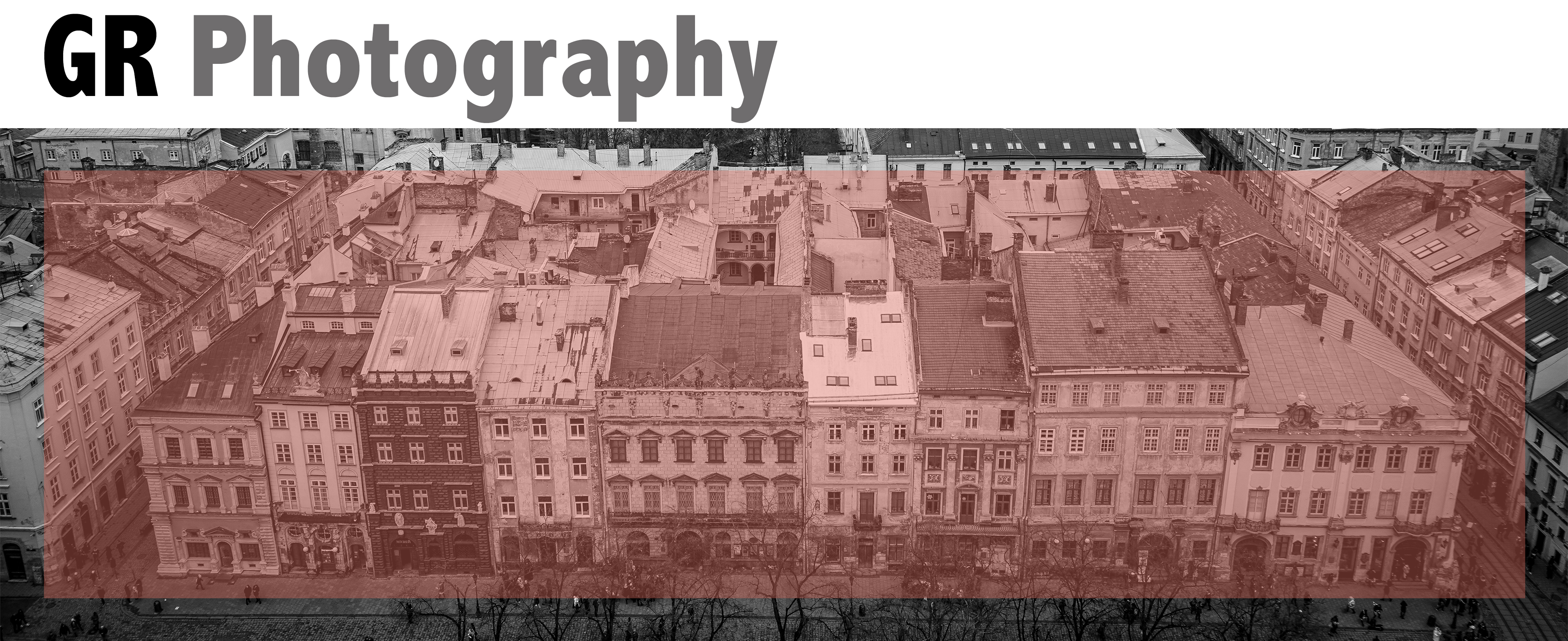
Hôtel de Fieubet view from Paris Metro Sully-Morland underground station (France, 2020)
SONY ILCE-7M3
SONY FE 28-70mm F3.5-5.6 OSS
69mm ƒ/8.0 1/320s ISO 100
6000 x 4000 px / 300 dpi
The Hôtel de Fieubet visible in the background of the photograph was built partly on the site of the royal hotel of Saint-Pol, ceded in 1519 by François Ier. This is in 1587 that Raymond Phélypeaux d’Herbault had a first hotel built on this place. In 1676, the hotel was acquired by the Chancellor of Queen Marie-Thérèse, Gaspard Fieubet. He had it renovated and decorated by Le Sueur and Vicotte according to plans by Jules Hardouin-Mansart. The works were completed in 1681.
On June 22nd, 1769, Alexandre-Jean Boula de Mareüil, General Lawyer at the Paris Court of Aids, acquired the Hôtel de Fieubet from Elisabeth Roussel, widow of farmer general Dedelay de La Garde, for the sum of 180,000 pounds. The hotel remained the property of the Boula family until 1816. The name appeared above the openings on the ground floor overlooking Petit-Musc street. In 1816 the hotel was used as a sugar refinery. In 1857, it was bought by the Count de Lavalette who had it transformed by Jules Gros in a neo-baroque Italian-Spanish style, particularly for facades on the street and on the courtyard. Since 1877, the Massillon school has been installed there. The facades on the quay and the street are listed as historic monuments by decree of March 24th, 1928.
In the foreground of the photo can be partly seen the Paris Metro sign whose uniform architecture and unique entrances was influenced by Art Nouveau style. They were originally designed in cast iron and glass by Hector Guimard between 1900 and 1913, the first Metro line having been opened on July 19th, 1900.

